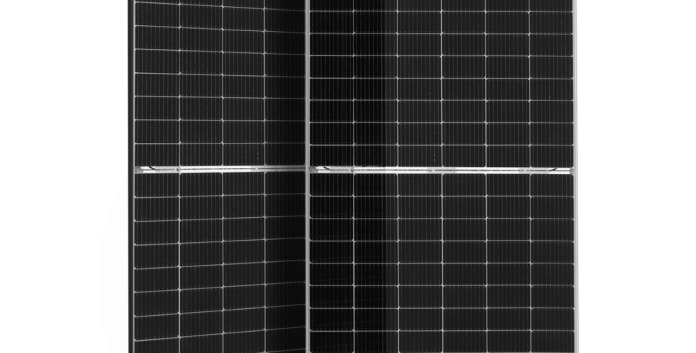This year has seen several of the largest PV manufacturers make their first moves into n-type technology, which promises significant advantages in efficiency and reliability over the p-type PERC cells that make up the largest share of solar production today. Meanwhile, PV manufacturing continues to be split into two camps regarding wafer size, with products based on both 182mm and 210mm formats beginning to be produced at scale, and proponents of both claiming an advantage in performance.
Chinese manufacture JinkoSolar launched its Tiger Neo modules earlier this year, relying on n-type TOPCon (tunnel oxide passivated contact) technology. And the company is firmly in the 182mm camp with regard to wafer format, believing the smaller of the two formats to be both easier to transport and to incorporate into PV system design.
A new white paper compares Jinko’s 605 W n-type module with a 660 W p-type product based on the 210mm wafer, from an unnamed manufacturer. In the paper, Jinko takes us through project cost calculations for three different locations, finding significant advantage for its own products in each. In the first, a 200 MW project located in Inner Mongolia, Jinko finds that the smaller size of its modules allows for more modules, and more watts, to be installed on a single tracker – resulting in lower cost for balance of systems components.
Combined with the higher efficiency and better temperature coefficient of the n-type technology, Jinko estimated that the project would achieve a levelized cost of electricity 6% lower, and a return on investment 5.31% higher for its modules over the 210mm product. The study reached similar conclusions for projects located in Saudi Arabia and Spain.
Shipping costs
For the two projects outside of China, Jinko noted that the currently high shipping prices are another advantage for its smaller module. “It is worth noting that Tiger Neo (either 72 or 78 cells) is superior to the 210 module when sea freight costs are high,” the company stated. “On the same shipping route, the total loading power of the 210P module packing scheme is less than that of the 182N, making the cost per watt of the 210P module less competitive.”
In the analysis for both projects, Jinko calculated a shipping cost of US$7189/container to Saudi Arabia and $6000/container to Spain. And the company further notes that costs for additional support equipment and labor required in transportation of the heavier 210mm modules – so the gap could in fact be even higher.
Market split
Manufacturers working with the 210mm cell format have also made calculations and carried out case studies demonstrating an advantage for their products in the field as well. PV Infolink and other analysts forecast a larger share for 182mm products initially, with the 210mm format gaining ground later in this decade as initial challenges integrating into production lines and systems are overcome. Of course, this could all change again – with wafer manufacturer Zhonghuan having announced the introduction of an even large, 218.2mm wafer earlier today.
On the cell technology side, things are slightly clearer, although PERC will likely continue to represent the biggest share of PV for the next years, the interest in TOPCon from large players is a sign of things to come.






